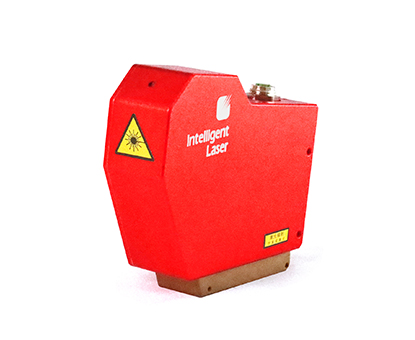Welding, a core process in various industries, requires precision and consistency to ensure the integrity of the final product. Traditional methods of quality control in welding often rely on visual inspections and manual record-keeping, leaving room for human error. Enter welding tracking systems, a technological innovation that is revolutionizing the way welding quality control is approached. In this blog, we'll explore how these systems work, their benefits, and their impact on the welding industry.
The Evolution of Welding Quality Control
In the past, ensuring the quality of welds was a labor-intensive process, heavily reliant on visual inspections and post-weld testing. While these methods are valuable, they are not without limitations. Welding tracking systems represent a significant evolution in quality control practices.
How Welding Tracking Systems Work
Welding tracking systems leverage advanced technology to monitor and document the entire welding process in real-time. These systems typically involve the following components and processes:
Real-Time Monitoring
Welding tracking systems use sensors and cameras to monitor various parameters during welding. These include voltage, current, travel speed, and even the welder's technique.
Data Logging and Analysis
The data collected by these systems is continuously logged and analyzed. Any deviations from the desired welding parameters can trigger immediate alerts. This real-time feedback is crucial for maintaining the quality of welds.
Documentation and Reporting
Welding tracking systems generate comprehensive documentation and reports of the welding process. These reports include details such as the time and date of the weld, welding parameters, and any detected anomalies. This information is invaluable for quality control, auditing, and compliance purposes.
Benefits for Welding Quality Control
The adoption of welding tracking systems offers several key advantages for quality control in welding:
Enhanced Quality Assurance
By continuously monitoring the welding process, these systems can detect defects or inconsistencies early in the process, reducing the likelihood of subpar welds. This leads to higher overall quality in the finished product.
Increased Efficiency
Efficiency is improved through real-time feedback and the ability to adjust welding parameters as needed. This not only enhances productivity but also reduces the risk of wasted materials and time.
Cost Savings
The early detection of defects and reduced need for rework or repairs translate into significant cost savings for manufacturers. By minimizing errors and ensuring consistent quality, welding tracking systems offer a tangible return on investment.
Welding tracking systems are transforming the landscape of quality control in welding. By providing real-time monitoring, data analysis, and comprehensive documentation, these systems enhance the precision, efficiency, and cost-effectiveness of the welding process. In industries where the reliability and safety of welds are paramount, such as construction, aerospace, and automotive manufacturing, welding tracking systems are becoming indispensable tools. As they continue to evolve and improve, these systems are setting a new standard for excellence in welding quality control.

